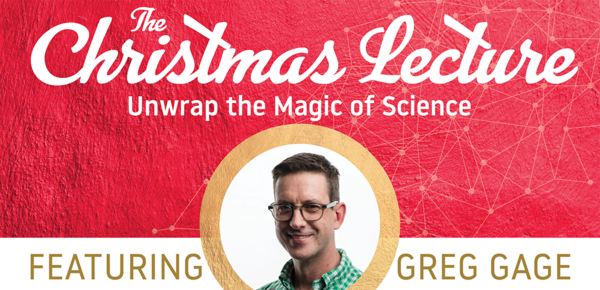
"Unwrap the Magic of Science: A Gift to the Community from The College of Science"
Have you ever been curious about how your brain really works? How your five senses really sense? How you can remember what your grandmother looks like? The secret lies in your body’s hidden electrical network that lives just below your skin and skulls: your nervous system! This talk will feature hands-on demonstrations of the basic principles of neuroscience and will explore the fascinating field of “electrophysiology." Using "DIY" neuroscience tools, we will begin to see and hear what the brain actually looks and sounds like!
The evening begins at 5 pm with hands-on demos by Neuroscience & Behavior majors. At 6 pm the presentation begins with a welcome and introduction by Marie Lynn Miranda, the Charles and Jill Fischer Provost. A reception and refreshments follow at 7 pm. The first 50 guests will receive a free College of Science T-Shirt!
Parking is available after 5 pm in the Library and Joyce lots
About The Christmas Lecture
The Christmas Lecture presented by the College of Science aims to inspire in general audiences from age 5 to 105 the curiosity and wonder of scientific inquiry. Modeled after the Royal Institution’s Christmas Lecture series, the College of Science invites a world-renowned scientist to Notre Dame to present a series of lectures for all audiences.
The inaugural speaker will be Greg Gage of Backyard Brains and the University of Michigan. Greg Gage is the co-founder and CEO of Backyard Brains, an organization that develops open-source tools that allow amateurs and students to participate in neural discovery. Greg is an NIH-award winning neuroscientist with 9 popular TED Talks and dozens of peer-reviewed publications. Greg is a Senior Fellow at TED and the recipient of the White House Champion of Change from Barack Obama award for his commitment to citizen science.
Originally published at science.nd.edu.